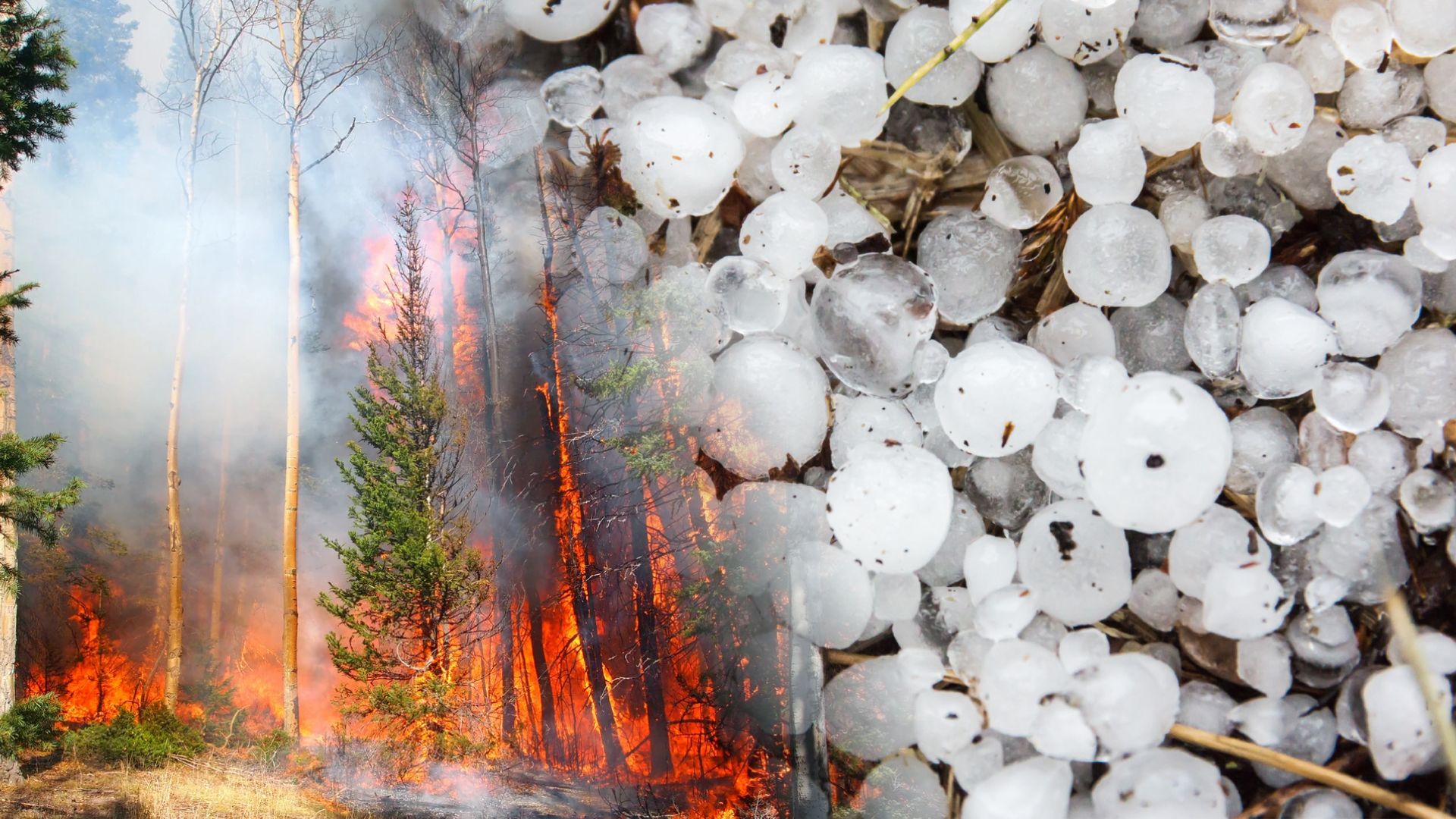Colorado’s Push to Tame Homeowners Insurance Costs with State-Funded Programs
With insurance rates soaring and natural disasters reshaping risk models, Colorado is taking bold strides to tackle skyrocketing homeowners insurance costs. From introducing a new state-backed reinsurance program to launching the FAIR Plan for vulnerable properties, policymakers are navigating a labyrinth of challenges to bring relief to stressed homeowners. But as with any grand plan, the devil is in the details.
Understanding the Proposed Fee
At the core of Colorado’s legislative efforts lies House Bill 1302, a proposal designed to lower homeowners insurance premiums by addressing one of the state’s most expensive culprits—inadequate roofing. The bill proposes fees on insurance policies for homes without hail-resistant roofs, aiming to create a grant program to incentivize homeowners to upgrade to more durable, resilient roofing systems.
Under this bill, insurers would pay up to 1.5% on every policy for homes with standard roofs, channeling the funds into a $100 million pool over five years. This pool would support grants and subsidies to help homeowners install impact-resistant roofing. Proponents, like bill sponsor Rep. Kyle Brown, frame the proposal as an investment to save homeowners money in the long run by preemptively cutting damage caused by Colorado’s infamous hailstorms. “When big hail events happen, everybody gets a new roof,” Brown said. “We’re saying, ‘Why not protect roofs before they’re destroyed?’”
Critics, however, argue the bill’s funding mechanism shifts financial burdens onto insurers and, subsequently, their customers. The Rocky Mountain Insurance Information Association cautions that insurers could face liquidity challenges due to the upfront nature of these fees, not to mention disputes over how to define and certify “resilient roofs.”
The Role of Wildfire and Hail in Rising Costs
Colorado’s homeowners insurance crisis didn’t emerge from thin air. The state’s susceptibility to natural disasters, exacerbated by climate change, has made it a minefield for insurers. Wildfires, like the catastrophic Marshall Fire in 2021, caused over $2 billion in damages and marked a turning point for the industry. Hailstorms, frequent and fierce, inflict an average annual loss of $800 million on Colorado properties.
Insurance companies have responded predictably but painfully—with higher premiums and, in some cases, withdrawal from the state’s market. Homeowners across Colorado have seen rates climb by nearly 60% in the past five years alone, a staggering figure for families trying to keep their homes covered. Counties with high wildfire risks, like Boulder and Jefferson, have been disproportionately affected, leaving some homeowners with just one or two insurers willing to underwrite their policies.
According to Kelly Campbell, the executive director of Colorado’s FAIR Plan, “These conditions are no longer the exception; they’ve become the norm. And as insurers exit high-risk areas, market instability only grows.”
The FAIR Plan: A Safety Net for Homeowners
For those unable to secure coverage in Colorado’s shaky private market, the Fair Access to Insurance Requirements (FAIR) Plan aims to provide a last-resort option. Signed into law in May 2023 but set to begin issuing policies in 2025, the program is modeled after similar initiatives in other states where natural disasters have wreaked havoc on property values and insurance availability.
The FAIR Plan offers coverage of up to $750,000 for residential properties and $5 million for commercial ones. Designed exclusively for homeowners who can demonstrate that they’ve been denied coverage by at least three insurers, the program fills gaps for basic protection when no other options exist. Wind and hail coverage can be added, but coverage for flooding or living expenses after a loss won’t be included.
Importantly, the FAIR Plan is not a competitive alternative to the private market but a bare-minimum solution for desperate cases. “This isn’t your ideal homeowner’s policy,” Campbell explains. “But it ensures no homeowner in Colorado will face losing their house due to lack of access to insurance.”
The program also operates with an emphasis on sustainability. Insurers are collectively charged an initial $51.5 million to fund the plan, just 1% of the $5 billion generated annually from state premiums. Rates under the FAIR Plan will vary significantly based on risk factors tied to each property’s location and vulnerabilities.
Supporters and Critics Weigh In
The sweeping measures aimed at stabilizing Colorado’s insurance market have drawn both applause and criticism from various stakeholders. Consumer advocates see the FAIR Plan and HB 1302 as critical tools to restore balance in an increasingly broken system. “When families can’t find coverage, it disrupts financial security and even homeownership,” said Ellen Schaeffer, a consumer advocacy board member for the FAIR Plan. “Programs like this are lifelines.”
Yet, industry representatives are more cautious about the implications. Carole Walker, a spokesperson for the insurance trade group RMIIA, worries about financial sustainability. “We’re walking an actuarial tightrope,” she said. “Between fees, high payouts, and the push for lower premiums, we risk creating an all-risk, no-reward market for insurers.”
Lawmakers like House Speaker Julie McCluskie are committed to balancing these concerns, hoping to craft legislation that alleviates consumer pain without alienating insurers. However, building consensus is no small feat.
How This Impacts Colorado Homeowners
For now, Colorado homeowners remain on the edge of their seats. If successful, these state-funded measures could drive premiums down, stabilize market participation, and ensure coverage even for properties in high-risk areas. On the other hand, critics warn of potential downsides, from higher premiums statewide to challenges implementing cost-sharing mechanisms.
One thing is clear, though. This conundrum is personal for Coloradans. Behind every policy, every premium increase, and every denied claim is a family trying to protect their home. Whether these efforts transform relief into reality remains to be seen—but they represent the first step in Colorado’s battle to balance risk, cost, and equitable coverage.


